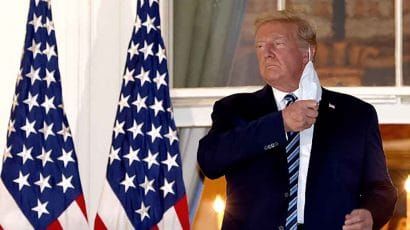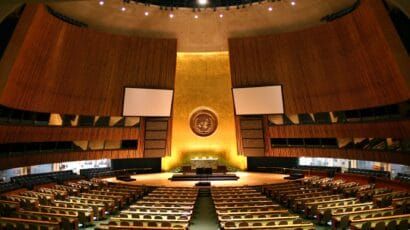Rejecting the feminist straitjacket
By Salma Malik, May 29, 2014
A famous photograph taken at the 1927 Solvay Conference on Electrons and Photons shows 29 pioneering scientists whose work later formed the basis for the Manhattan Project. One person pictured is Marie Curie. The other 28 are men.
Today in Pakistan, I would estimate that women's representation in the nuclear community—scientists, technicians, and security analysts—stands at 20 to 25 percent. These numbers are lower than they should be, but they represent progress in gender equality since 1927, and they are fairly comparable with gender ratios in the West.
But as Polina Sinovets and I both discussed in Round One, women policy makers can be just as hawkish, cut-throat, and trigger-happy as their male counterparts. A case in point is that Barack Obama reportedly decided to launch airstrikes against the Qaddafi regime in Libya because he had been persuaded to do so by Hillary Clinton, Samantha Power, and Susan Rice. So is there really any reason to think that a gendered approach to disarmament would result in quicker abolition of nuclear weapons?
Even if the answer is no—even if women's empowerment would do little to change nuclear policy—their empowerment remains important because it would benefit women themselves and help establish more equitable societies. But women won't contribute much to their own empowerment if they try to fit themselves into feminist straitjackets—if they attempt to create an exclusive community of nuclear experts who think and perform differently from men. Rather, the quest for equality can best be advanced if women simply work to increase their representation, their credibility, and their visibility.
But women can't achieve these goals alone. In many countries, governments must pass and enforce legislation requiring equal-opportunity and female-friendly workplaces. Quotas or special allocations might sometimes be required to ensure that qualified women get the opportunities they deserve. Over time, these steps would deepen the pool of women policy makers and experts and enhance women's credibility. Even so, women would likely continue to bump up against the glass ceiling, which they would have to break through somehow. Doing so would not be easy—but for women, things have never been easy.
In closing, Reshmi Kazi argued in Round One that when "governments perform cost-benefit analysis for military expenditures, they should take into account the gender dimensions of these expenditures." But social issues such as poverty and health have never had much bearing on nations' decision making about weaponry. Will New Delhi dispense with its nuclear arsenal out of concern over the slums of Mumbai, the Muslim ghettoes of Delhi, or the widow villages of Kashmir? Not likely. Nations won't begin making their strategic decisions on moral and ethical grounds until the world becomes a very different place—one where men and women alike demonstrate sanity and reason. In such a world, priority would be given to human security, sustainable development, and pacifism—but not to gender stereotyping.
Topics: Nuclear Weapons
Share: [addthis tool="addthis_inline_share_toolbox"]














